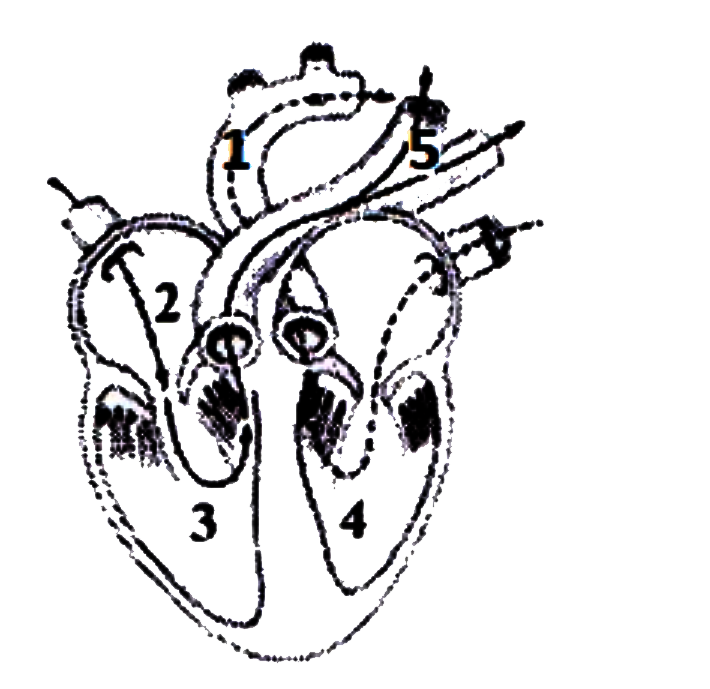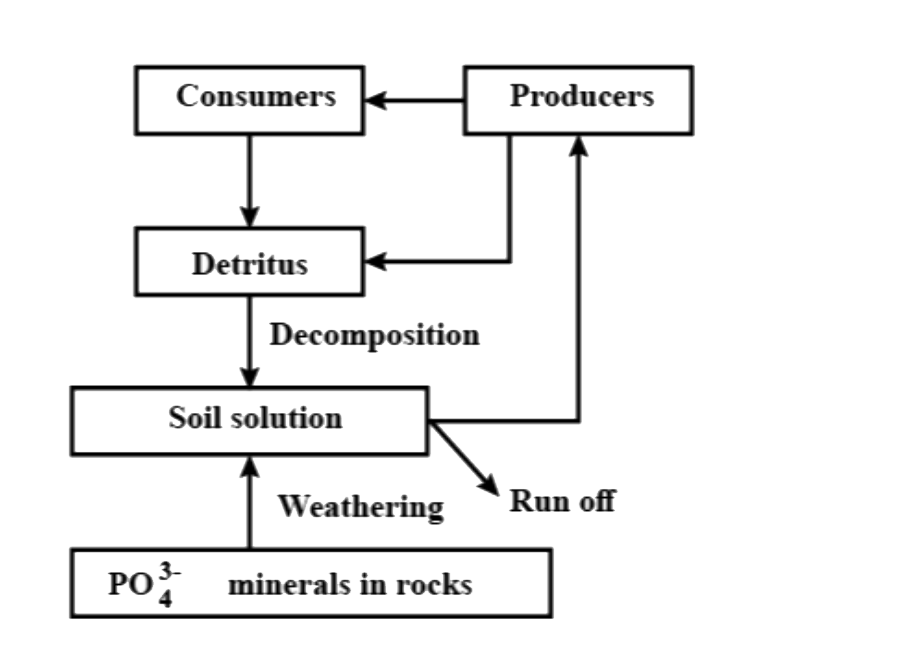Some characters are given below. Which of them are true for the cyanobacteria?
a) Oxygenic photosynthesis b) Non-oxygenic chemotrophism
c) Oxygenic chemotrophism
d) Ability of N2 fixation.
a and b
a and c
a and d
b and d
The correct Answer is:C
To determine which characters are true for cyanobacteria, let's analyze each option step by step:
1. Oxygenic Photosynthesis (Option a):
- Cyanobacteria are known for performing oxygenic photosynthesis. This means they use sunlight to convert carbon dioxide and water into glucose and oxygen. The presence of chlorophyll allows them to capture light energy, leading to the release of oxygen as a byproduct.
- Conclusion: This statement is true.
2. Non-oxygenic Chemotrophism (Option b):
- Chemotrophism refers to the process of obtaining energy through the oxidation of inorganic or organic compounds. Non-oxygenic chemotrophism implies that an organism derives energy without producing oxygen. However, cyanobacteria primarily rely on sunlight for energy through photosynthesis, not through chemotrophic processes.
- Conclusion: This statement is false.
3. Oxygenic Chemotrophism (Option c):
- Oxygenic chemotrophism would suggest that cyanobacteria obtain energy through the oxidation of compounds while producing oxygen. However, cyanobacteria do not obtain energy through chemotrophic means; they perform photosynthesis. Therefore, this option is also incorrect.
- Conclusion: This statement is false.
4. Ability of N₂ Fixation (Option d):
- Cyanobacteria possess specialized cells called heterocysts that allow them to fix atmospheric nitrogen (N₂) into a form that can be utilized by plants. This ability is crucial for the nitrogen cycle and supports plant growth, especially in symbiotic relationships with leguminous plants.
- Conclusion: This statement is true.
Final Answer:
The true statements regarding cyanobacteria are:
- a) Oxygenic photosynthesis
- d) Ability of N₂ fixation
- Cyanobacteria are known for performing oxygenic photosynthesis. This means they use sunlight to convert carbon dioxide and water into glucose and oxygen. The presence of chlorophyll allows them to capture light energy, leading to the release of oxygen as a byproduct.
- Conclusion: This statement is true.
- Chemotrophism refers to the process of obtaining energy through the oxidation of inorganic or organic compounds. Non-oxygenic chemotrophism implies that an organism derives energy without producing oxygen. However, cyanobacteria primarily rely on sunlight for energy through photosynthesis, not through chemotrophic processes.
- Conclusion: This statement is false.
- Oxygenic chemotrophism would suggest that cyanobacteria obtain energy through the oxidation of compounds while producing oxygen. However, cyanobacteria do not obtain energy through chemotrophic means; they perform photosynthesis. Therefore, this option is also incorrect.
- Conclusion: This statement is false.
- Cyanobacteria possess specialized cells called heterocysts that allow them to fix atmospheric nitrogen (N₂) into a form that can be utilized by plants. This ability is crucial for the nitrogen cycle and supports plant growth, especially in symbiotic relationships with leguminous plants.
- Conclusion: This statement is true.
The true statements regarding cyanobacteria are:
- a) Oxygenic photosynthesis
- d) Ability of N₂ fixation
Topper's Solved these Questions
- DIVERSITY IN LIVING WORLD (PLANT DIVERSITY)BOOK - ALLENCHAPTER - DIVERSITY IN LIVING WORLD (PLANT DIVERSITY)EXERCISE - Assertions and Reason
45 Videos
- DIVERSITY IN LIVING WORLD (PLANT DIVERSITY)BOOK - ALLENCHAPTER - DIVERSITY IN LIVING WORLD (PLANT DIVERSITY)EXERCISE - EXERCISE-II
153 Videos
- DIGESTION AND ABSORPTIONBOOK - ALLENCHAPTER - DIGESTION AND ABSORPTIONEXERCISE - S
28 Videos
- DOMESTICATION OF PLANT (PLANT BREEDING)BOOK - ALLENCHAPTER - DOMESTICATION OF PLANT (PLANT BREEDING)EXERCISE - S
28 Videos
Similar Questions
Identify the correct sequence of changes in modes of nutrition in organism after origin of life on earth:
(a) Non oxygenic photosynthesis
(b) Chemoheterotrophs
(c) Oxygenic photosynthesis
(d) Chemoautorophs
View SolutionPhotosynthesis in green algae and bacteria is, respectively
(a) Oxygenic and anoxygenic
(b) Anoxygenic and oxygenic
(c) Oxygenic in both
(d) Anoxygenic in both
View Solution
Knowledge Check
Cyanobacteria, unlike other types of bacteria that photosynthesize, do :
(a) not have a cell wall
(b) not have chlorophyll
(c) give off oxygen
(d) not give off oxygenAnot have a cell wallBnot have chlorophyllCgive off oxygenDnot give off oxygenIn the given figure of the heart which of the labelled part (1,2,3,4,5) carries oxygenated blood ?
 A1,2,3 and 4B1 and 5C1 and 4D3 and 5
A1,2,3 and 4B1 and 5C1 and 4D3 and 5
Oxygenic photosynthesis occurs in
(a) Chlorobium
(b) Chromatium
(c) Oscillatoria
(d) Rhodospirillum
View SolutionA: The first photosynthetic organisms which show oxygenic photosynthesis were cyanobacteria.
R: Photosynthesis by Eubacteria is Anoxygenic.
View SolutionSome characters/structures are given below. How many of them are found in both bryophyta and pteridopyta?
(A) Archegonium
(B) Protonema
(C) Embryo
(D) Ovule
(E) Vascular tissue
(F) Antheridium
View SolutionIn the given figure of the heart, which of the marked structures (1, 2, 3, 4, and 5) carry oxygenated blood?

View SolutionRead the following statements and select the correct ones:br (a) Anabaena is included under kingdom Monera, (b) Nostoc is a filamentous blue green alga,(c) Cyanobacteria perfom, oxygenic photosynthesis & they can have nitrogenase
View SolutionThe diagram/flow chart represents which of the sedimentary biogeochemical cycle ?

(a) Nitrogen cycle
(b) Phosphorus cycle
(c) Oxygen cycle
(d) Sulphur cycle
View Solution
